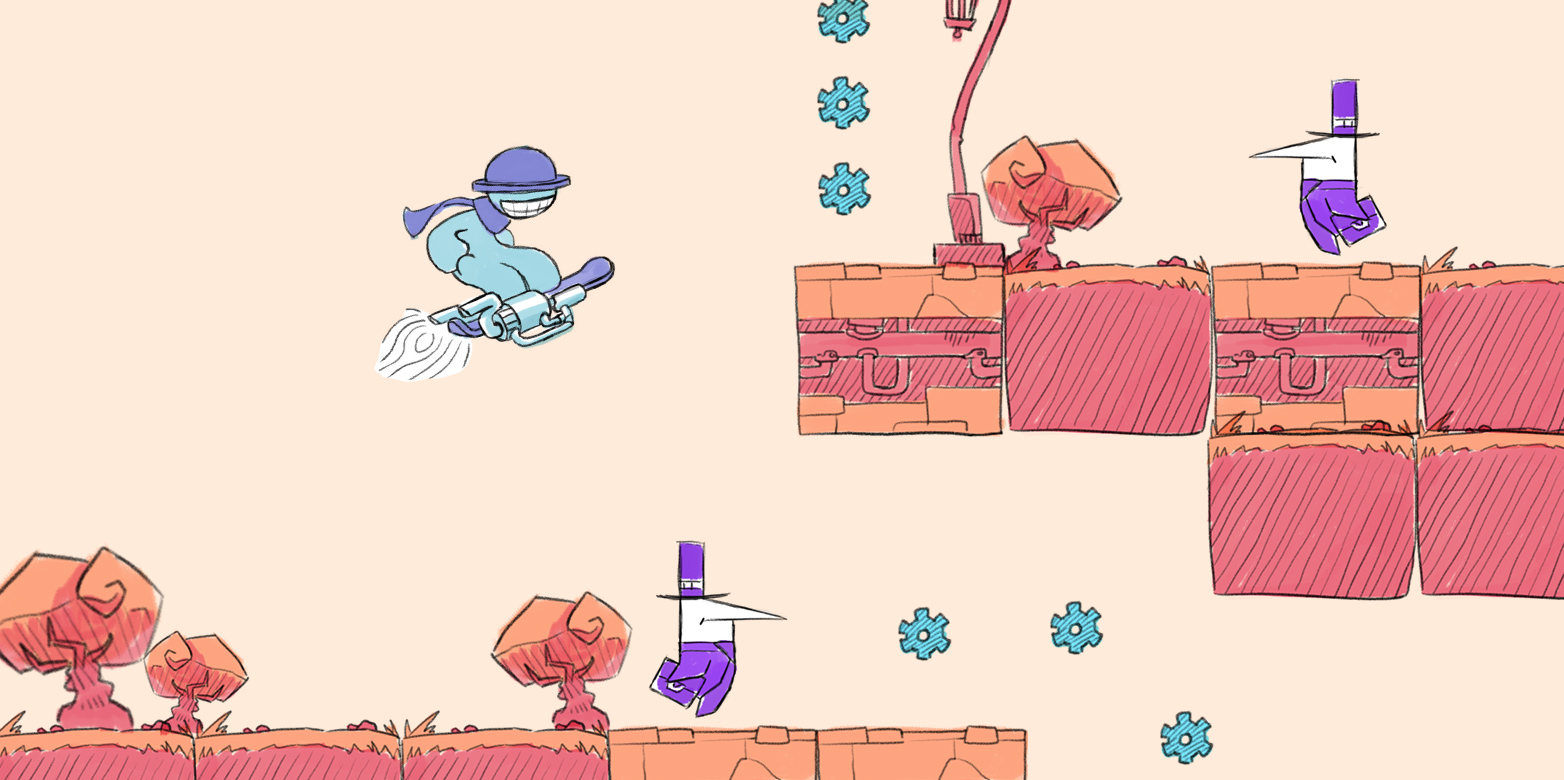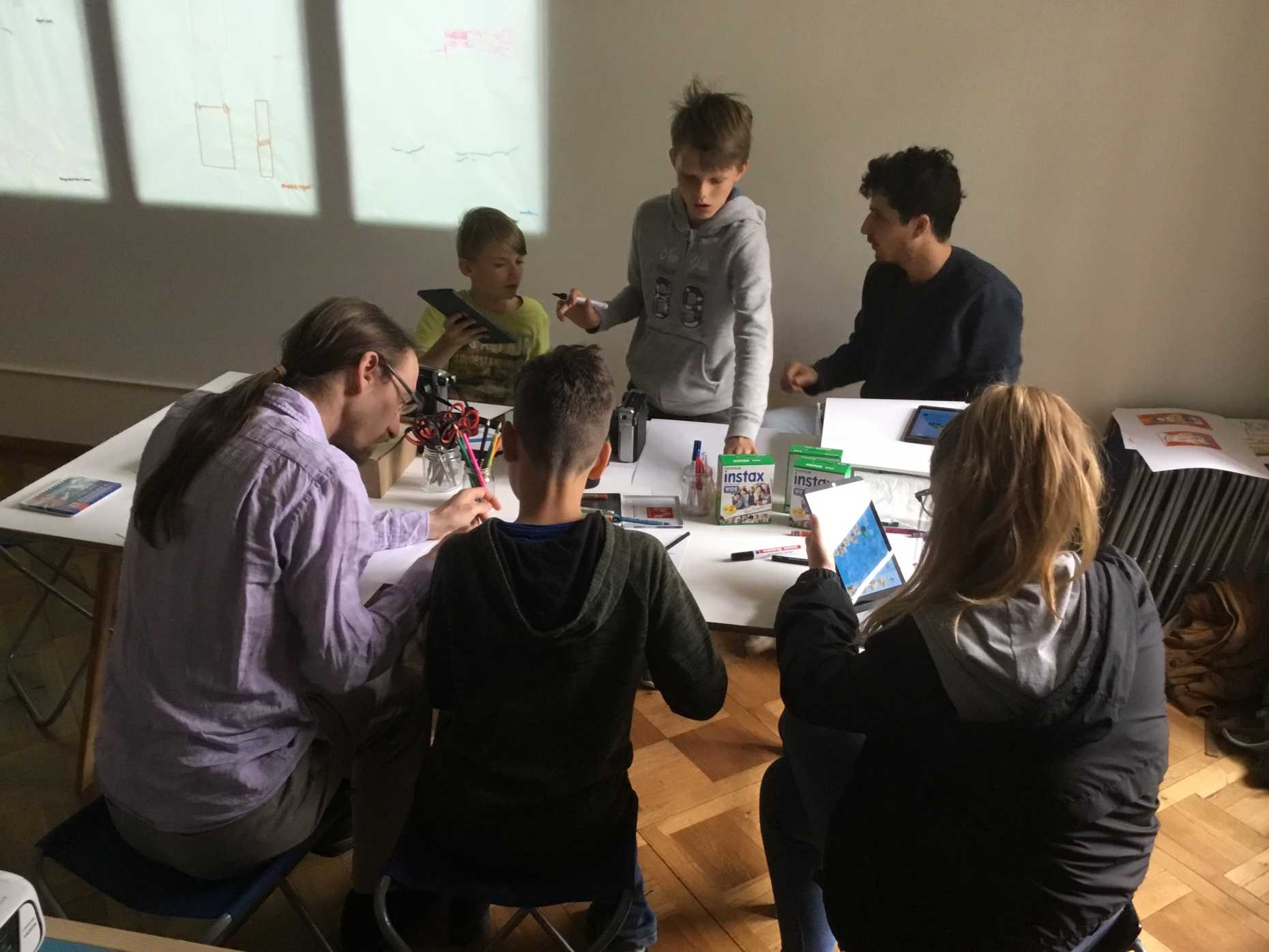Programming in crayon
Electronic devices can spark kids’ creativity, says Stéphane Magnenat from the Game Technology Center. But doing so requires apps that bridge the real and virtual worlds.

Smartphones, tablets, laptops – all these devices are now integral parts of everyday life. Yet these digital helpers have their downside, too: they capture and hold our attention, distract us from the real world, and limit our creativity. But what if, rather than restricting our horizons, these devices broadened them and encouraged us to be creative? This is a question that Stéphane Magnenat, a senior researcher at ETH Zurich’s Game Technology Center and co-founder of the ETH spin-off Enlightware, has been working on for some time now. Together with other ETH researchers, he is looking for ways that artificial intelligence can help take our creativity to the next level.
Creating from the ground up
Magnenat was involved in the development of Thymio, a robot designed to help children learn programming through fun and games. He also had a hand in designing Augmented Creativity, an interactive app with which the Game Technology Center aims to foster children’s creativity. Another project has him teaming up with fellow researchers to develop an app that lets children design their own computer games from the ground up.
Using the app, children can define different elements and organise them into a sequence of their choosing, thus creating obstacle courses of varying degrees of difficulty. They can also define characters who have to solve problems on this course – for instance, a rabbit that has to jump over hurdles. As it goes along, the rabbit encounters another animals that it is not allowed to bump into. By inputting just a few instructions, children can specify how to get the rabbit to jump, how to change its direction, and what happens when it bumps into a fox or hedgehog.
What makes this app so special is that the rabbit and the other animals aren’t simply characters drawn from a predetermined set: instead, the children create their own. Before they start programming, the children draw all the animals and the different parts of the course on a sheet of paper, limited only by their imaginations. Next, they take pictures of these elements with the tablet’s camera and integrate them into the game as objects.

Drawing stimulates the imagination
“We’ve already tested a trial version of the app in different places, including at the WEF visitor pavilion this past January in Davos,” Magnenat explains, “and our tests confirmed that just drawing the characters was enough to fire up the kids’ enthusiasm. They like that they can introduce their own characters into their game.”
Magnenat stresses that from a technical point of view, the app is not particularly complex; the technology behind it is relatively simple. “Our primary interest in this project,” he says, “is to see how children interact with electronic devices and how we can help them incorporate the real world into a digital environment. Once we better understand this interplay, we will hopefully be able to develop better applications – ones that don’t keep us glued to our screens, but that truly open up our horizons.”
